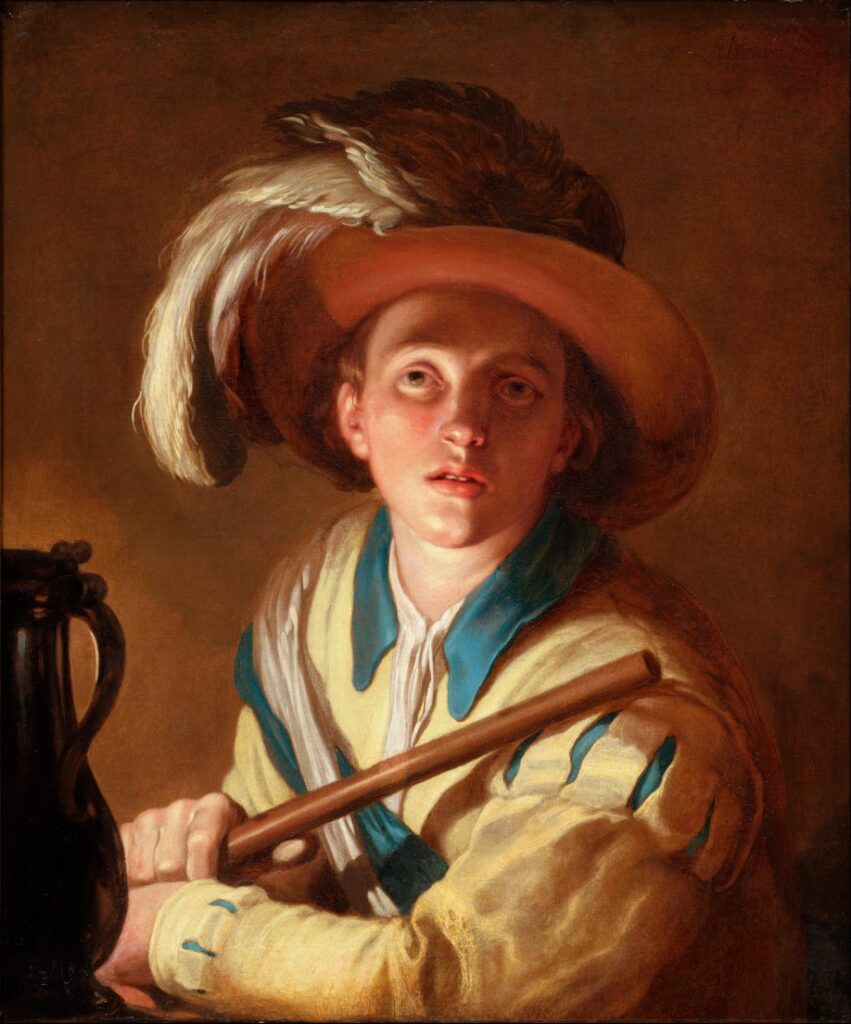A few weeks ago, we listened to the Sonata for violin and basso continuo in G major, BWV 1021, and noted its similarity with the Trio Sonata for flute, violin and basso continuo in G major, BWV 1038. There seems to be quite a bit of controversy around whether the latter is by Bach himself, or by one of his sons (Carl Philipp Emanuel?), handed over as a composition assignment. Some sources maintain that the performance parts were written by Bach himself, without signing his name to the music.
Whatever the case, the combination of graceful melodies, rich harmonies and learned counterpoint leaves little doubt that the piece comes from the “Bach school”, and it has his influence written all over it.
As mentioned in the entry for BWV 1021, the sonata alternates slow-fast-slow-fast movements. It opens with a richly ornamented Adagio, followed by a triple-meter Vivace. The third movement is a lyrical Largo, and the final movement, a Presto in “cut time”, is a fully developed fugue in three parts. This trio sonata is more developed than the similar violin version, BWV 1021 – however it’s still a relatively short piece compared to most other instrumental works by Bach.
